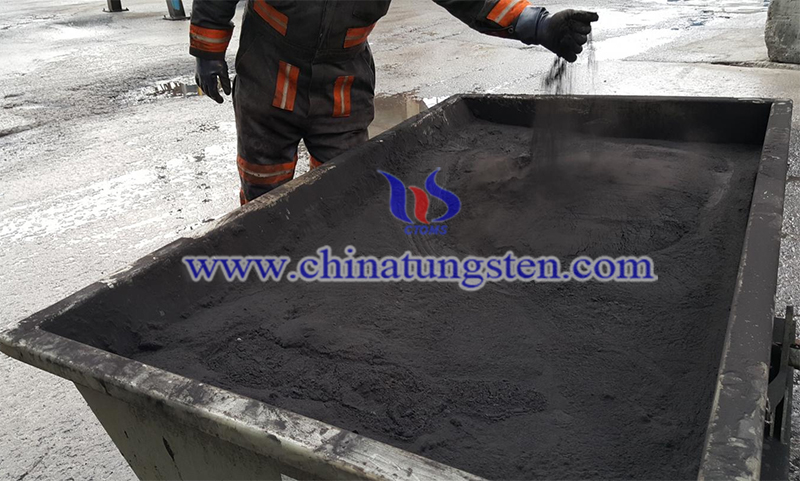DOE Efforts to Extract Critical Minerals and Rare Earth Elements from Coal Sources
- Details
- Category: Tungsten's News
- Published on Saturday, 12 December 2020 18:37
The US Department of Energy's (DOE) Office of Fossil Energy selected 13 projects to develop conceptual designs for commercially viable technologies for extracting rare earth elements (REEs) from coal sources and coal by-products. Each project will receive funding of up to $150,000 from the DOE. The conceptual design will include the system configuration, equipment characteristics, performance characteristics, and associated costs for systems that produce at least 1-3 metric tons per day of mixed rare earth oxides or rare earth salts and other critical minerals in some designs.
Demand for rare-earth elements, which include the lanthanides plus scandium and yttrium, has ticked upward over the past few decades. The long list of high-tech products that rely on rare earth elements includes cell phones, flat-screen TVs, electric cars, wind turbines, satellites, defense aircraft, and high-performance magnets.
A secure, reliable, and sustainable domestic supply of critical materials and REEs are essential to the continued health of the Nation's energy and electronics industries and is an important contributor to national security. The Critical Minerals Sustainability Program of the DOE has demonstrated the technical feasibility of extracting these resources from coal-based materials. The project has entered laboratory-scale and engineering-scale prototype material processing to meet the expanding challenges and opportunities. The selected projects will accelerate the development of these commercially viable technologies.

The US coal industry is facing tough times. Demand for coal sources is dwindling, and the industry is under fire for polluting streams and rivers with coal ash and acid mine drainage. But in that waste, and in some cases in the coal itself, are valuable rare-earth elements that may be readily recovered. If researchers can figure out how to extract them economically, sales of rare earths could help pay for some of the cleanup costs.
The conceptual designs of each project include an option for up to a $2 million feasibility study. This study will support an Association for the Advancement of Cost Engineering Class 4 cost estimate on the conceptual facilities that are capable of producing at least 1-3 metric tons per day of a minimum of 75 percent mixed REOs or RESs by weight and other CMs in some designs.
The research includes characterization of coal and coal by-products - including coal ash from power generation, refuse rock from coal preparation plants, acid mine drainage treatment sludge, and young lignitic coal from North Dakota - so that recovery efforts can focus on coal-based materials with the highest concentrations of rare earths. The projects involve optimizing the separation and extraction of rare earths from various coal-related materials.
Even though coal ash is more concentrated in rare earth elements than coal sources itself, the rare earths it contains are tightly bound in a glassy matrix. Pulling those elements out of the ash requires a combination of physical and chemical processes. The research team uses washing and other physical methods to separate unwanted materials from the ash and prepare it for further processing. And then subjects the resulting ash, which is enriched in rare earths, to several chemical processing steps.
- Rare Earth Manufacturer & Supplier, Chinatungsten Online: www.chinatungsten.com
- Tungsten News & Prices of China Tungsten Industry Association: www.ctia.com.cn
- Molybdenum News & Price: news.molybdenum.com.cn
- Tel.: 86 592 5129696; Fax: 86 592 5129797; Email: sales@chinatungsten.com



 sales@chinatungsten.com
sales@chinatungsten.com